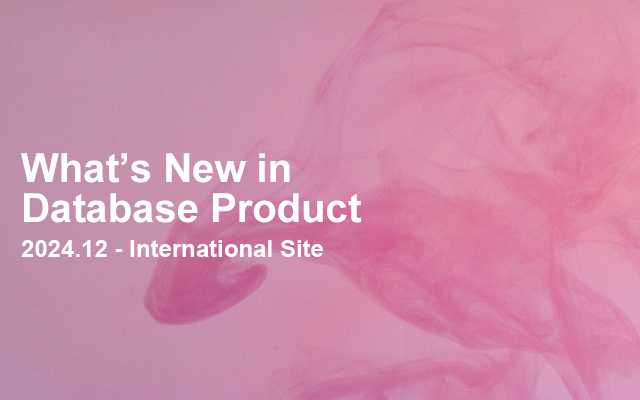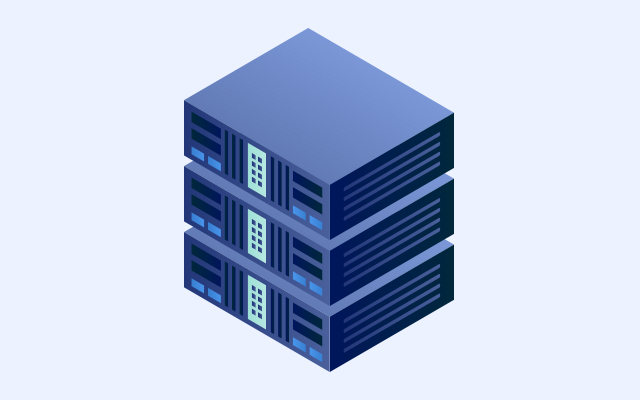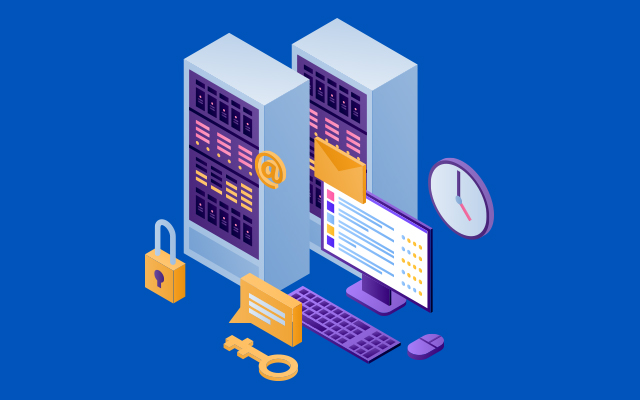This article demonstrates several common use cases by using specific examples.

The article explains how to perform safe, efficient, lock free DDL operations in PolarDB X to avoid table locking and minimize business impact.

This article introduces the performance benefits of DuckDB-based analytical instances for ApsaraDB RDS for MySQL, and discusses whether ETL and wide tables are still necessary.

This article examines the isolation levels supported by InnoDB, explores how locks are acquired during data insertion, deletion, modification, and query operations.

In this article, we'll explore how to set up, optimize, and scale database solutions using Alibaba Cloud RDS.

This article walks through a real-world scenario: deploying a simple web API that connects to a MySQL database, all on ACS.

This article introduces PolarDB for MySQL's fully asynchronous execution architecture and its performance benefits for high-concurrency scenarios.

This article introduces MyDumper as a superior backup tool to MySQLdump, offering record-level parallelism and efficient multi-threading capabilities.

This article provides a step-by-step guide on how to use the Navicat Premium tool to migrate data from an SQLite database to PolarDB for MySQL.

This article describes how to use Data Transmission Service (DTS) to migrate a MySQL database from Container Service for Kubernetes (ACK) to PolarDB for MySQL.

This article explains how PolarDB’s Parallel DDL feature dramatically accelerates the creation of secondary indexes.

This article introduces the PolarDB-X JDBC driver (polardbx-connector-java) for efficiently connecting to PolarDB-X databases in Java applications.

The article introduces PolarDB for MySQL's new ability to support quick DDL changes for cold data archiving, facilitating more efficient management and separation of cold and hot data.

This article explains the importance and methods of performing batch operations.

Flink CDC enables real-time data integration with low latency, fault tolerance, and support for multiple databases, simplifying modern data workflows.

The compaction service feature of AnalyticDB for MySQL resolves issues by moving compaction tasks from the storage nodes of AnalyticDB for MySQL instances to an independent elastic resource pool.

This article describes the core monitoring metrics in PolarDB-X, with some insights applicable to other databases within the MySQL ecosystem.

Discover the latest database product updates for December 2024 in our informative infographic!

This article evaluates the optimization practices in the context of PolarDB and provides insights into large table optimization practices for developers and database administrators.

This article describes the basic usage, effects, principles, and restrictions of the parallel acceleration technologies provided by MySQL at the InnoDB layer.
